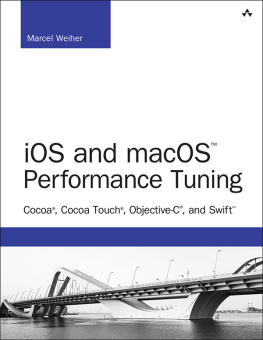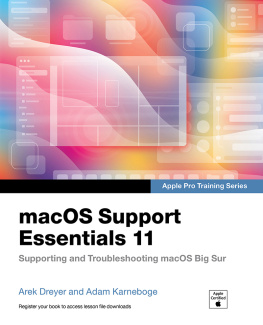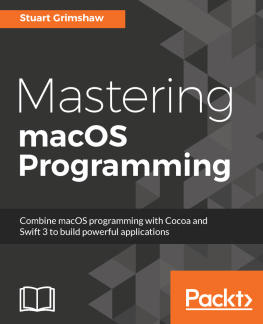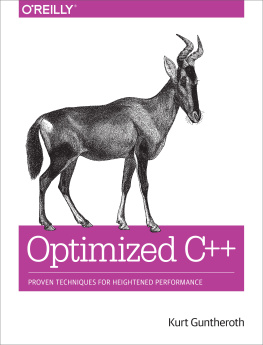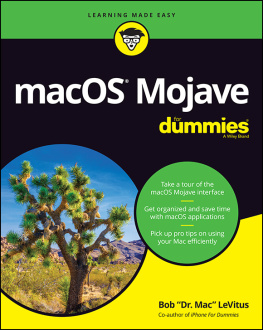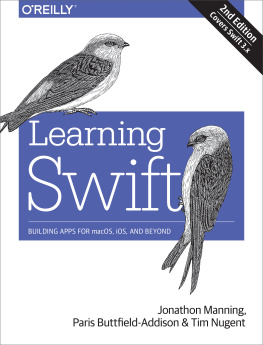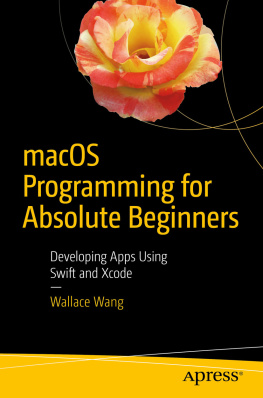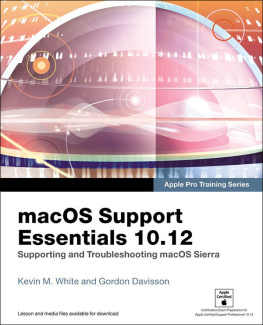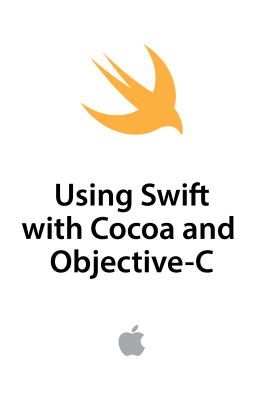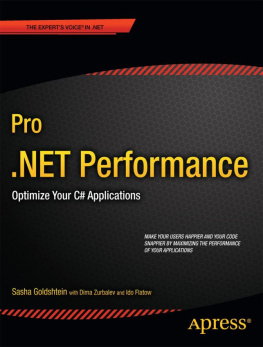Marcel Weiher - iOS and macOS Performance Tuning: Cocoa, Cocoa Touch, Objective-C, and Swift
Here you can read online Marcel Weiher - iOS and macOS Performance Tuning: Cocoa, Cocoa Touch, Objective-C, and Swift full text of the book (entire story) in english for free. Download pdf and epub, get meaning, cover and reviews about this ebook. year: 2017, publisher: Addison-Wesley Professional, genre: Home and family. Description of the work, (preface) as well as reviews are available. Best literature library LitArk.com created for fans of good reading and offers a wide selection of genres:
Romance novel
Science fiction
Adventure
Detective
Science
History
Home and family
Prose
Art
Politics
Computer
Non-fiction
Religion
Business
Children
Humor
Choose a favorite category and find really read worthwhile books. Enjoy immersion in the world of imagination, feel the emotions of the characters or learn something new for yourself, make an fascinating discovery.
- Book:iOS and macOS Performance Tuning: Cocoa, Cocoa Touch, Objective-C, and Swift
- Author:
- Publisher:Addison-Wesley Professional
- Genre:
- Year:2017
- Rating:5 / 5
- Favourites:Add to favourites
- Your mark:
iOS and macOS Performance Tuning: Cocoa, Cocoa Touch, Objective-C, and Swift: summary, description and annotation
We offer to read an annotation, description, summary or preface (depends on what the author of the book "iOS and macOS Performance Tuning: Cocoa, Cocoa Touch, Objective-C, and Swift" wrote himself). If you haven't found the necessary information about the book — write in the comments, we will try to find it.
In iOS and macOS Performance Tuning, Marcel Weiher drills down to the code level to help you systematically optimize CPU, memory, I/O, graphics, and program responsiveness in any Objective-C, Cocoa, or CocoaTouch program.
This guide focuses entirely on performance optimization for macOS and iOS. Drawing on more than 25 years of experience optimizing Apple device software, Weiher identifies concrete performance problems that can be discovered empirically via measurement. Then, based on a deep understanding of fundamental principles, he presents specific techniques for solving them.
Weiher presents insights you wont find anywhere else, most of them applying to both macOS and iOS development. Throughout, he reveals common pitfalls and misconceptions about Apple device performance, explains the realities, and helps you reflect those realities in code that performs beautifully.
- Understand optimization principles, measurement, tools, pitfalls, and techniques
- Recognize when to carefully optimize, and when it isnt worth your time
- Balance performance and encapsulation to create efficient object representations, communication, data access, and computation
- Avoid mistakes that slow down Objective-C programs and hinder later optimization
- Fix leaks and other problems with memory and resource management
- Address I/O issues associated with drives, networking, serialization, and SQLite
- Code graphics and UIs that dont overwhelm limited iOS device resources
- Learn what all developers need to know about Swift performance
This books source code can be downloaded at github.com/mpw/iOS-macOS-performance.
Register your product at informit.com/register for convenient access to downloads, updates, and corrections as they become available.
Marcel Weiher: author's other books
Who wrote iOS and macOS Performance Tuning: Cocoa, Cocoa Touch, Objective-C, and Swift? Find out the surname, the name of the author of the book and a list of all author's works by series.

